A few days ago, we unveiled our most recent video in support of our Amazon best-selling book, The Social Employee. As our roster of video content continues to expand, we find ourselves circling back on our earlier videos as a way of revisiting the concepts presented in them and exploring some real-world examples.
Today, we look at our video, “What is a Möbius Strip?” The Möbius strip is a nifty object—like a little embodiment of infinity—and its unique properties make it an excellent analogy for how modern marketing communications should operate. How does this work? Watch the video to find out.
Communication across the Möbius strip can be a bit of an abstract concept, even with a video to help explain it. When it comes to communication or social selling, it really boils down to two points: (1) we each inhabit flexible roles whenever we use social media, and (2) a conversation about a product, service, or helpful concept can begin at any point in what we used to think of as the AIDA model, a model which didn’t account for the importance of post-purchase communication. To see how Möbius communication might look in action, let’s see what other experts have to say about engaging in the digital bazaar.
Community Comes First
Having a strong community is a means unto itself. It can absolutely help with a wide variety of business outcomes, but above all it’s about people helping people, or as Brian Solis (@briansolis) puts it, creates an environment where “the reward [for participating] is reciprocity.” Solis’s observations come during a blog post and video interview with Porter Gale, former VP of marketing at Virgin America (@VirginAmerica). The whole conversation is a very good example of Möbius communication values—namely establishing community first—and worth a watch. Another prominent thought leader, Dion Hinchcliffe (@DHinchcliffe) also recently shared his thoughts on the value of building communities, whether formal or informal, company-driven or consumer-driven. Of particular interest is Hinchcliffe’s observation that the full value of a community won’t be apparent until that community matures. This is a good reminder for all those marketers chasing ROI that it’s important to keep an eye on long-term returns rather than just short-term.
Have Something to Offer
Part of engagement on the Möbius strip is offering content of value. This can be as simple as a suggestion or a short answer, or it can be a link to content that will help the person you’re engaging with learn more about a particular subject. In older models, it might have been that whatever you were offering was inevitably tied to your product or service. But in Möbius communication, you are selling your personal brand first and foremost. That means it’s okay to be helpful just for the sake of it. For more tips on using content to engage communities, check out these tips over at exploreB2B (@exploreB2B), and for some tremendous insights on some of the cultural dynamics at play in content marketing, read this interview with Michael Brenner (@BrennerMichael).
Humor Makes the World Go Round
Humor can be an incredibly affective communication strategy. It has a certain way of alleviating tension and reminding us to be humble when sometimes our first impulse is to be arrogant or defensive. However, the nuances of person-to-person humor can sometimes be lost on social channels, and as Black Milk Clothing recently discovered, sometimes a joke will simply fall flat or be in poor taste. However, this doesn’t have to be the end of the world. Social communication means being accountable even when you might make a misstep. The folks at Beta Twenty One (@BetaTwentyOne) offer a handy breakdown of the risks and rewards of social media humor and provide a helpful infographic to help keep your messaging in-line.
What examples of Möbius communication have you seen or experienced recently? Share your thoughts in the comments.
Below are recent endorsements for The Social Employee (McGraw-Hill, August 2013) by Tom Peters and David Aaker on their social networks, but if you want to see more of their endorsements click here.

In The Social Employee, we go behind the scenes with several leading brands—such as IBM, AT&T, Dell, Adobe, Southwest Airlines, Cisco, Acxiom, and Domo—pulling the lid off the inspiring social business success stories that have propelled these companies into the 21st century. These cutting-edge brands have all come to the same realization: the path to social business lies through empowering the social employee.
See what others are saying about The Social Employee and order your copy today!
Please check out @SocialEmployee media buzz! 
“Great brands have always started on the inside, but why are companies taking so long to leverage the great opportunities offered by internal social media? . . . The Social Employee lifts the lid on this potential and provides guidance for businesses everywhere.” —JEZ FRAMPTON, Global Chairman and CEO, Interbrand
 The Social Employee offers an unparalleled behind-the-scenes look at the social business success stories of some of the biggest brand names in the business world, including IBM, AT&T, Dell, Adobe, Southwest Airlines, Cisco, Acxiom, and Domo. These cutting-edge brands have all come to the same realization: the path to social business lies through empowering the social employee.
The Social Employee offers an unparalleled behind-the-scenes look at the social business success stories of some of the biggest brand names in the business world, including IBM, AT&T, Dell, Adobe, Southwest Airlines, Cisco, Acxiom, and Domo. These cutting-edge brands have all come to the same realization: the path to social business lies through empowering the social employee.
The brands that leverage their employee base in order to engage customers and prospects through social media are the ones destined to win the marketing wars. This book not only details the astronomical rise of the social employee, but also outlines the innovative methods that leading companies have employed to foster cultures of enthusiastic and engaged workers.
FOR EWORD by David C. Edelman, Global Co-Leader, Digital Marketing & Sales Practice, McKinsey & Company
EWORD by David C. Edelman, Global Co-Leader, Digital Marketing & Sales Practice, McKinsey & Company
AFTERWORD by Kevin Randall, Vice President of Brand Strategy & Research at
Movéo Integrated Branding, and journalist for The Economist and Fast Company
Download ~> Free Chapter 3 – “Brands Under Pressure”
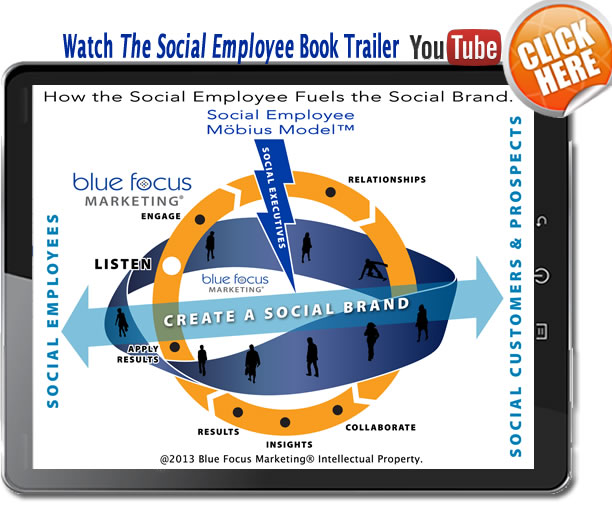


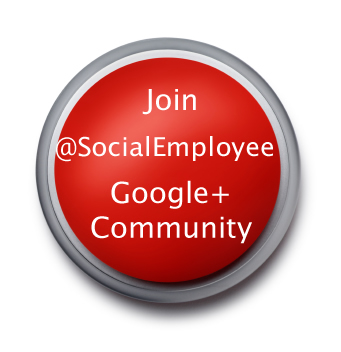
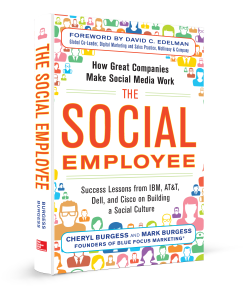
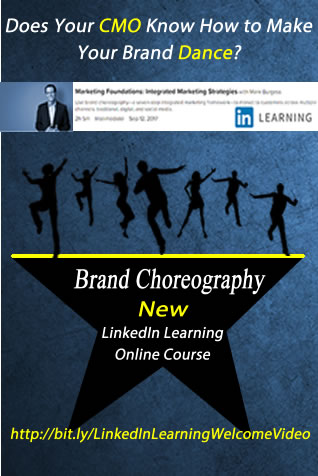



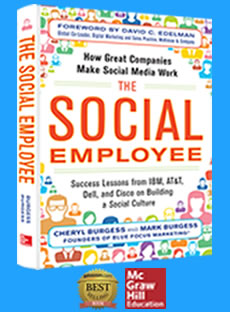

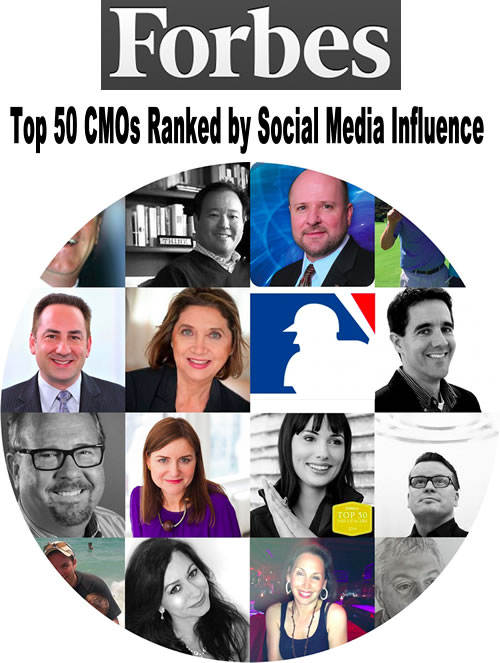
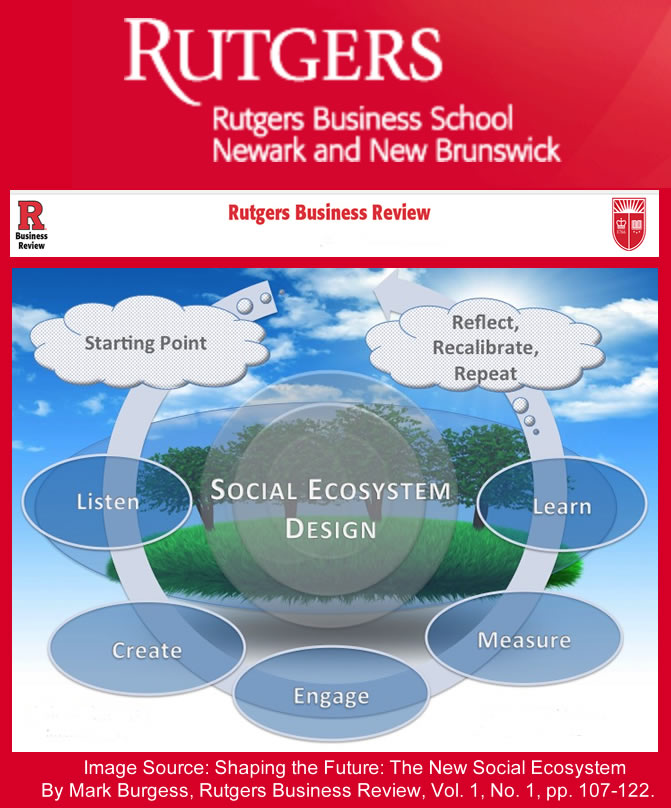
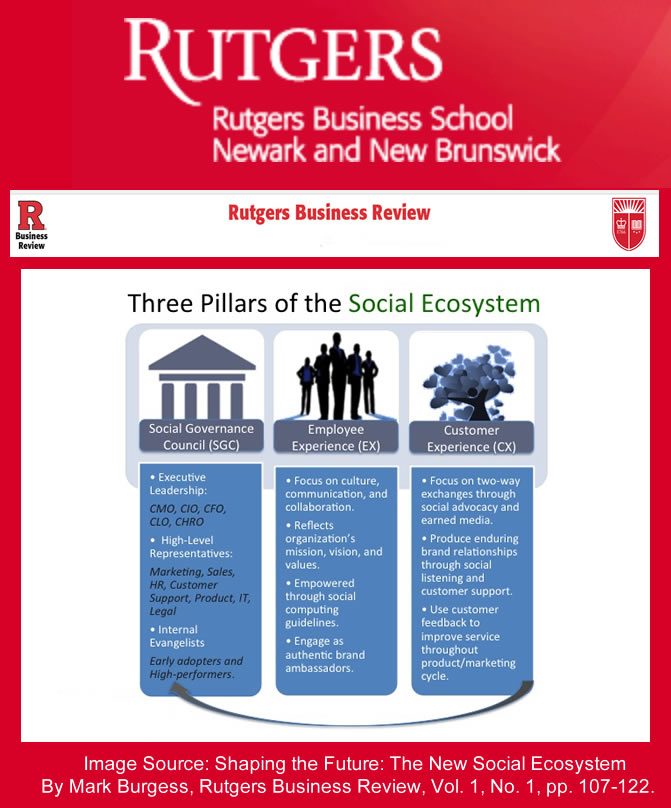




Trackbacks/Pingbacks